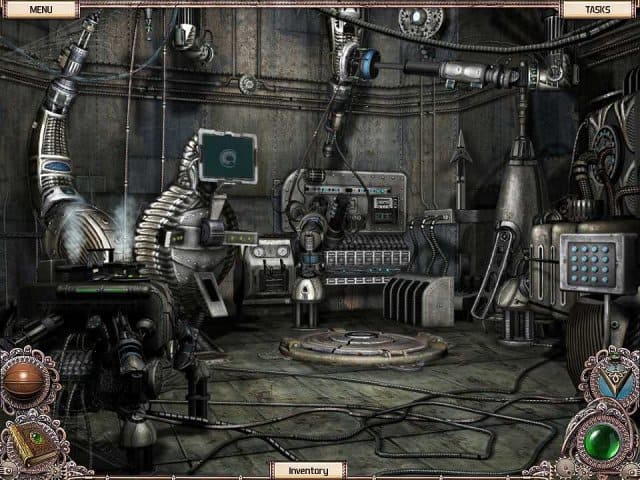
Sign up now for a weekly round-up of the best from G5 Games! _Ĭollect them all! Search for "g5" in Google Play! Game available in: English, Chinese, French, German, Italian, Japanese, Korean, Brazilian Portuguese, Portuguese, Russian, SpanishĬOMPATIBILITY NOTES: This game performs best on high-end smartphones and tablets.
#INBETWEEN LAND FULL#
TRY IT FREE, THEN UNLOCK THE FULL ADVENTURE FROM WITHIN THE GAME! Explore the creepy island using the clues Mary left, make friends with the spirits of the island's people, solve challenging puzzles, find missing crystals and take your friend back home in this absorbing adventure. Then one day, Mary, who works at the city orphanage goes missing after a beam of light is seen coming from the island above. Before long, the island becomes a tourist magnet, increasing revenues and crime. Though the island initially appeared to be deserted, the citizens realize that they are not alone in the universe. Today, the Rock of Gibraltar borders Spain, but is part of the British territory of Gibraltar.The city's mundane rhythm is suddenly disrupted by the emergence of a flying island high in the sky. This strategic location has made the Rock of Gibraltar a key site for traders and explorers since the Phoenicians.

The Rock of Gibraltar is the northern part of the "Pillars of Hercules," which form the narrow western entrance to the Mediterranean Sea. Perhaps the most famous tombolo is the Rock of Gibraltar, a tied island narrowly connected to the southwestern tip of Europe's Iberian Peninsula. Beaches on the other side of Mount Maunganui face the open ocean (the Pacific), with dramatic waves that are popular with surfers. Beaches on the side of Mount Maunganui's isthmus facing Tauranga Harbor are calm and protected. Those beaches offer diverse opportunities due to the tombolo formation. Mauao is an extinct volcano, and is a popular spot for hiking and sightseeing the local beaches. (The built-up sandbar "ties" the island to the mainland.) Mount Maunganui, New Zealand, is a tombolo town located on a sandbar connecting the volcanic island of Mauao to the mainland. The island connected to the mainland in a tombolo is called a tied island. A tombolo forms as tides and waves create a thin strip of land between a coastal island and the mainland. European settlers, who quickly saw the isthmus' potential for trade along the west coast of North America as well as across the Pacific, collectively referred to these Native Americans as the Duwamish. The earliest settlers of the area were the Duabish, who settled near the ocean, and the Hachuabish, who settled near the freshwater lake. The region has been continuously inhabited for more than 4,000 years. The city of Seattle, Washington, is located on an isthmus between the Puget Sound (part of the Pacific Ocean) and Lake Washington. The Suez Canal facilitated trade and travel in the 19th century, and continues to define the oil trade today. The Suez Canal is 192 kilometers (119 miles) long and allows cargo ships to travel between Europe, North Africa, western Asia (via the Mediterranean Sea in the north) and eastern and southern Asia without having to go around Africa. The Isthmus of Suez in eastern Egypt connects the continents of Africa and Asia, and separates the Mediterranean and Red Seas. The Panama Canal revolutionized shipping and travel in the 20th century, allowing for faster and more efficient transportation of goods and people. The Panama Canal stretches 77 kilometers (48 miles) across the isthmus, and allows cargo ships to travel from eastern North America to western North America without having to go around South America. Isthmuses The Isthmus of Panama in Panama links the continents of North and South America, and separates the Pacific and Atlantic Oceans. Isthmuses are also key sites for communications and cultural exchange, as well as military outposts.


They are natural sites for ports and canals linking terrestrial and aquatic trade routes. Isthmuses have been strategic locations for centuries. An isthmus is a narrow strip of land that connects two larger landmasses and separates two bodies of water.


 0 kommentar(er)
0 kommentar(er)
